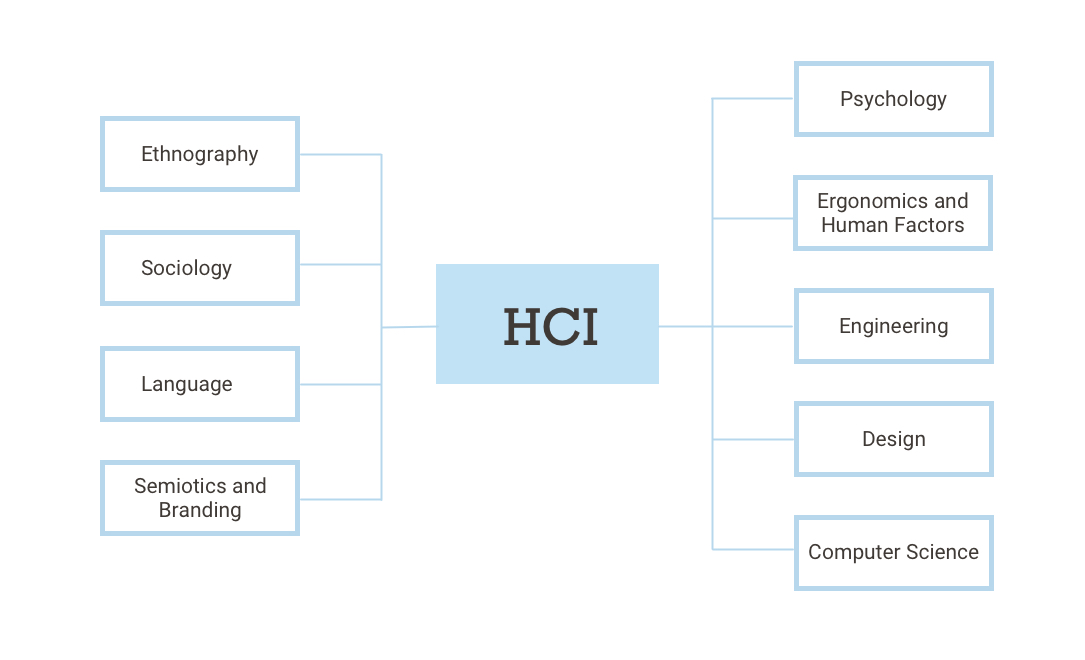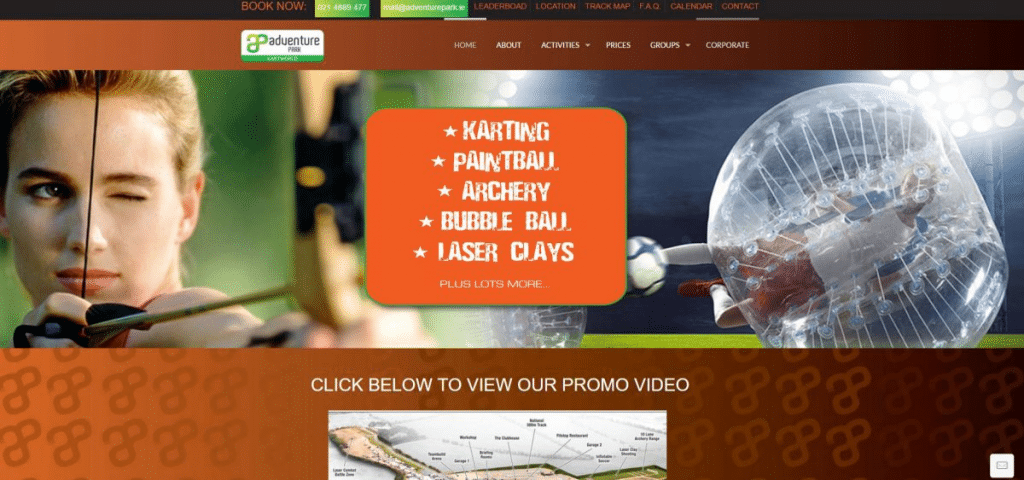
This article offers tips for website design. Learn all about Usability and Navigation Menu, Imagery, Typography, and More! After you've mastered these basics, you'll be ready to create your own stunning website. These are the most common mistakes in web design that you need to avoid.
Useability
Usability is, among other things, a factor that influences how content appears on different screen sizes. It is essential to adjust for mobile devices as they now make up the majority of internet users. Flexibility is preferable to improve usability. The internet is now able to support many forms of enterprise such as dating, social networking and e-commerce. These enterprises require that users provide personal information. Website design must place trust in the users and prioritize security, payment, as well as trust.

Typography
Good designers are able to balance three elements of text. The copy must be eye-catching, but still be legible. They make sure that their work is tested in grayscale before making any color adjustments. It is also important to establish a typographic hierarchy. This makes it easier for users to distinguish between standard text and prominent copy. For this reason, good designers always use a color palette with appropriate contrast and saturation levels. It is essential that the font used in the design matches the color of the background.
Imagery
Images are key to creating an engaging, immersive experience for users. Images should fit the theme of a page and be relevant to that topic. Your imagery should be relevant, avoid distractions, and maintain a consistent tone. Screen readers will appreciate images that have alternative text. Images should convey your product and brand when used properly.
Navigation menu
It is important to keep these principles in mind when designing navigation menus for your website. The first is consistency. There are many ways to navigate your website. Visitors may become confused. A second rule is that your menu text must be concise, clear, and focused. The meaning should not require the user to think about it. You should also avoid placing too many items within the main menu. Most websites should limit your options to no more than 8.

Footer
There are many design elements you can use for the footer of a website. A copyright warning, which serves an informative purpose, is one example. A copyright notice is a declaration of your legal rights regarding the website design. It is important to keep your website design simple, but with the right amount of information. Here are five essential elements for the footer section of a website.
FAQ
Is web development difficult?
Web Development can be challenging, but there are many resources online to help you learn.
The only thing you need is to search for the right tools and follow their steps step by step.
YouTube and other platforms provide many tutorials. You can also download free software online like Sublime Text or Notepad++.
There are also lots of books available in bookstores and libraries. Some of the most popular ones include:
"Head First HTML & CSS" by O'Reilly Media
O'Reilly Media presents "Head First PHP and MySQL 5th Edition"
Packt Publishing: "PHP Programming to Absolute Beginners"
I hope this article helps you!
What should I include in my Portfolio?
These are the things you should include in your portfolio:
-
Examples of your previous work.
-
If you have one, links to it.
-
These are links to your blog.
-
These links will take you to social media websites.
-
Here are links to portfolios online of other designers.
-
Any awards that you have received.
-
References.
-
Get samples of your works.
-
These links show how to communicate with clients.
-
These are links that show you're open to learning new technologies.
-
Links showing that you're flexible.
-
You can find links that reflect your personality.
-
Videos showing your skills.
Can I use a template or framework on my website?
Yes! Pre-built templates and frameworks are often used when building websites. These templates have all the code you need to display your information on your website.
Some of the most well-known templates are:
WordPress - The most popular CMS
Joomla - Joomla! - another open source CMS
Drupal - An enterprise-level solution for large companies
Expression Engine - Yahoo's proprietary CMS
There are hundreds of templates available for every platform. It should not be difficult to find the right one.
What is a responsive design web design?
Responsive Web Design, also known as RWD, is a way of designing websites so that content displays on all devices. This includes desktop computers, tablets (tablets), smartphones, etc. This allows users the ability to view a website simultaneously on different devices and still have access to other features like navigation menus, buttons, and so forth. RWD is intended to ensure that any user viewing a site views the exact version on their screen.
Consider, for instance, that you're building a website for an eCommerce company and your products are sold primarily online. It is important to ensure that your website can be accessed on any device, including a smartphone.
A responsive website will adjust its layout automatically based on what device is used to view it. So, viewing the site on your laptop will look like a standard desktop website. However, if you're viewing the page on your phone, it will display differently.
This means that you can create a single website that looks great on every type of device.
What is a static web site?
Static websites are those where all content is stored on a web server and can be accessed by users via their web browsers.
The term "static” refers the fact that there is no dynamic feature such as changing images or video, animations etc.
This type of site was originally developed for use in corporate intranets but has since been adopted by individuals and small businesses who want simple websites without the complexity of custom programming.
Static websites are becoming more popular due to their ease of maintenance. They are much easier to maintain than fully-featured sites with many components (such a blog).
They load much faster than dynamic counterparts. This makes them ideal for users on mobile devices or those with slow Internet connections.
In addition, static sites are more secure than their dynamic equivalents. Static websites are much harder to hack than dynamic ones. Hackers can only access the data contained in a database.
There are two main ways to create a static website:
-
Using a Content Management System (CMS)
-
Create a static HTML web site
The best one for you will depend on your specific needs. If you're new to creating websites, I recommend using a CMS.
Why? Because it allows you to have full control over your website. With a CMS, you don't need to hire someone to help you set up your site. Upload files to the web server.
It is possible to still learn how code can be used to create static websites. You'll have to invest time learning how programming works.
Statistics
- When choosing your website color scheme, a general rule is to limit yourself to three shades: one primary color (60% of the mix), one secondary color (30%), and one accent color (10%). (wix.com)
- The average website user will read about 20% of the text on any given page, so it's crucial to entice them with an appropriate vibe. (websitebuilderexpert.com)
- Is your web design optimized for mobile? Over 50% of internet users browse websites using a mobile device. (wix.com)
- At this point, it's important to note that just because a web trend is current, it doesn't mean it's necessarily right for you.48% of people cite design as the most important factor of a website, (websitebuilderexpert.com)
- Did you know videos can boost organic search traffic to your website by 157%? (wix.com)
External Links
How To
How to become web developer
A website is not just a collection of HTML code. It's an interactive platform that allows you to communicate with users and deliver valuable content.
Websites are more than just a way to deliver information. They can also be a gateway to your business. It should allow customers to quickly find what they need, while also showing how you want them interact with your business.
The best websites make it easy for visitors to find the information they seek and then to leave.
You'll have to learn technical skills and design aesthetics to achieve this goal. You will need to understand HTML5 coding principles and CSS3 styling. Also, you'll need to keep up with the latest developments and JavaScript.
Additionally, you will need to be able to use different tools such as Photoshop, Illustrator and InDesign. These tools allow designers to create and modify website layouts and graphics. Finally, you will need to create your style guide. This includes everything from fonts and colors to layout.
To learn more about becoming a web designer, you can start by reading articles or taking online courses.
It might take months or years to complete your degree program, but once you've earned a degree, you'll be ready to enter the workforce.
And don't forget to practice! Your ability to design will make it easier for you build amazing websites.